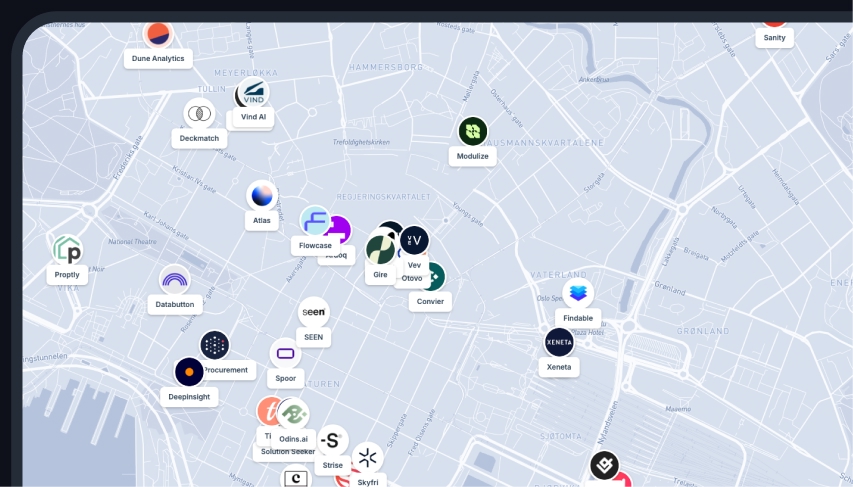Overview of the Mackenzie River
The Mackenzie River is the longest river in Canada, stretching about 4,241 kilometers (2,635 miles) when including its tributaries. It flows from Great Slave Lake in the Northwest Territories to the Arctic Ocean, passing through vast wilderness and supporting unique northern ecosystems.
Where is the Mackenzie River on the map?
The Mackenzie River begins at Great Slave Lake in the Northwest Territories and flows north through Fort Providence, Fort Simpson, and Inuvik, before emptying into the Beaufort Sea in the Arctic Ocean. It is a crucial waterway for the remote communities of northern Canada.
Historical significance
The Mackenzie River has long been important for trade, exploration, and indigenous cultures:
- Indigenous heritage: The Dene and Inuvialuit peoples have relied on the river for thousands of years for food, travel, and trade.
- European exploration: The river was named after Alexander Mackenzie, the first European to travel its length in 1789.
- Fur trade era: The Mackenzie was a key route for Hudson's Bay Company traders moving furs between the Arctic and southern Canada.
- Modern transportation: The river remains an essential transportation route, especially during summer when ice-free shipping is possible.
Major communities along the Mackenzie River
Several small towns and indigenous communities are located along the Mackenzie River, including:
- Fort Providence, Northwest Territories: A historical trading post and gateway to the river.
- Fort Simpson, Northwest Territories: A key hub at the confluence of the Mackenzie and Liard Rivers.
- Norman Wells, Northwest Territories: An important center for oil production and transportation.
- Inuvik, Northwest Territories: The largest town near the river’s mouth, home to a mix of indigenous and non-indigenous cultures.
Economic and environmental importance
The Mackenzie River supports transportation, natural resources, and Arctic ecosystems. Key contributions include:
- Transportation: The river serves as a natural highway for barges transporting goods to northern communities.
- Oil and gas development: The Mackenzie Delta is rich in petroleum and natural gas reserves.
- Fisheries: The river provides habitat for Arctic char, whitefish, and northern pike, supporting both commercial and subsistence fishing.
- Wildlife conservation: The Mackenzie Basin is home to grizzly bears, wolves, caribou, and migratory birds.
Challenges facing the Mackenzie River
The Mackenzie River is facing increasing environmental and economic pressures:
- Climate change: Melting permafrost and rising temperatures are altering the river’s flow and surrounding ecosystems.
- Oil and gas extraction: Resource development raises concerns about water contamination and habitat disruption.
- Seasonal ice changes: The river remains frozen for much of the year, limiting transportation and economic activities.
- Water level fluctuations: Changes in precipitation and glacial melt affect water flow and sediment transport.
Conservation efforts
Efforts to protect the Mackenzie River include water management agreements, climate adaptation programs, and indigenous-led conservation initiatives. The Mackenzie River Basin Board works on long-term strategies for sustainable water use and habitat protection.
Work faster with spatial data
Easily import data, automate analysis and build spatial apps for the web, all within a single software.
FAQs
How long is the Mackenzie River?
The Mackenzie River is approximately 1,738 kilometers (1,080 miles) long, but when including its tributaries, it stretches 4,241 kilometers (2,635 miles).
Where does the Mackenzie River start and end?
It starts at Great Slave Lake in Canada’s Northwest Territories and flows into the Arctic Ocean.
Why is the Mackenzie River important?
It is a key transportation route, supports Arctic ecosystems, and contains significant oil and gas reserves.
What are the biggest threats to the Mackenzie River?
Climate change, resource extraction, seasonal ice changes, and water level fluctuations are the main challenges.
What wildlife depends on the Mackenzie River?
The river supports caribou, grizzly bears, wolves, Arctic char, and migratory birds.
